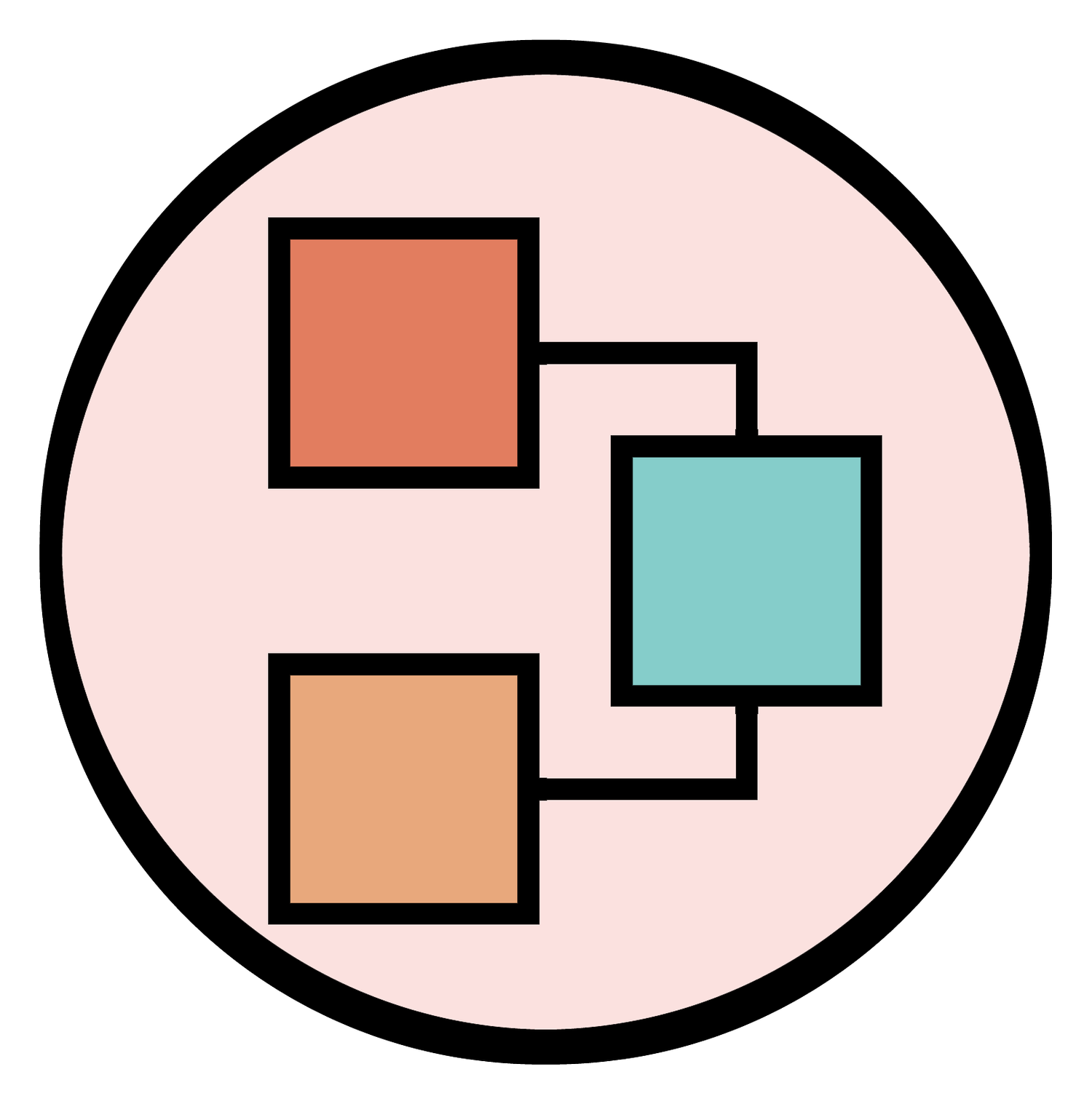Critical Theory
This MedEd Model covers Critical Theory with assistance from @ep_qc
This MedEd Model is on Critical Theory. We’ll focus on describing its core elements and how to apply the theory in #MedEd.
We’ll start by:
Describing four elements that vary for different scientific paradigms &
Exploring critical perspective, a broad set of ideas under which critical theory sits
Let’s consider the axes along which various scientific paradigms differ:
Ontology
Epistemology
Methodology
Axiology
Critical theory is the scientific paradigm associated with a broad set of ideas known as “critical perspective.”
Critical theory is one core element of the critical perspective, but sits alongside several other aspects of the critical perspective.
To fully understand what critical perspective is, we also have to understand what it isn’t.
Let’s distinguish critical perspective from other familiar concepts that we might associate with the word “critical.”
The umbrella term of “critical theory” encapsulates a number of other theories that analyze power relations through different lenses.
Feminist theory, queer theory, critical race theory, and anti-colonial theory are some examples, although many other critical theories exist.
How can we integrate critical theory in our day-to-day work as medical educators?
One educational strategy critical theorists use to challenge, and ultimately change, accepted social phenomena is “defamiliarization,” or the process of “making strange.”
Now that we understand key background information about critical theory, let’s explore it as a scientific paradigm, including its core values and stances on reality and knowledge.
Similar to work done using other scientific paradigms, critical research can (and should) be assessed for rigor.
When conducting or evaluating critical research, we can assess the rigor of the research using some concepts that are common to other paradigms and some that are unique to critical theory.
Now let’s practice applying a critical theorist’s lens to our own experiences in #MedEd.
Consider this prompt and an example to help you begin thinking like a critical theorist.
Here’s the take homes.
Let’s set you up To Learn More (#2LM).
Check out the work of these incredible scholars:
Particularly in:












